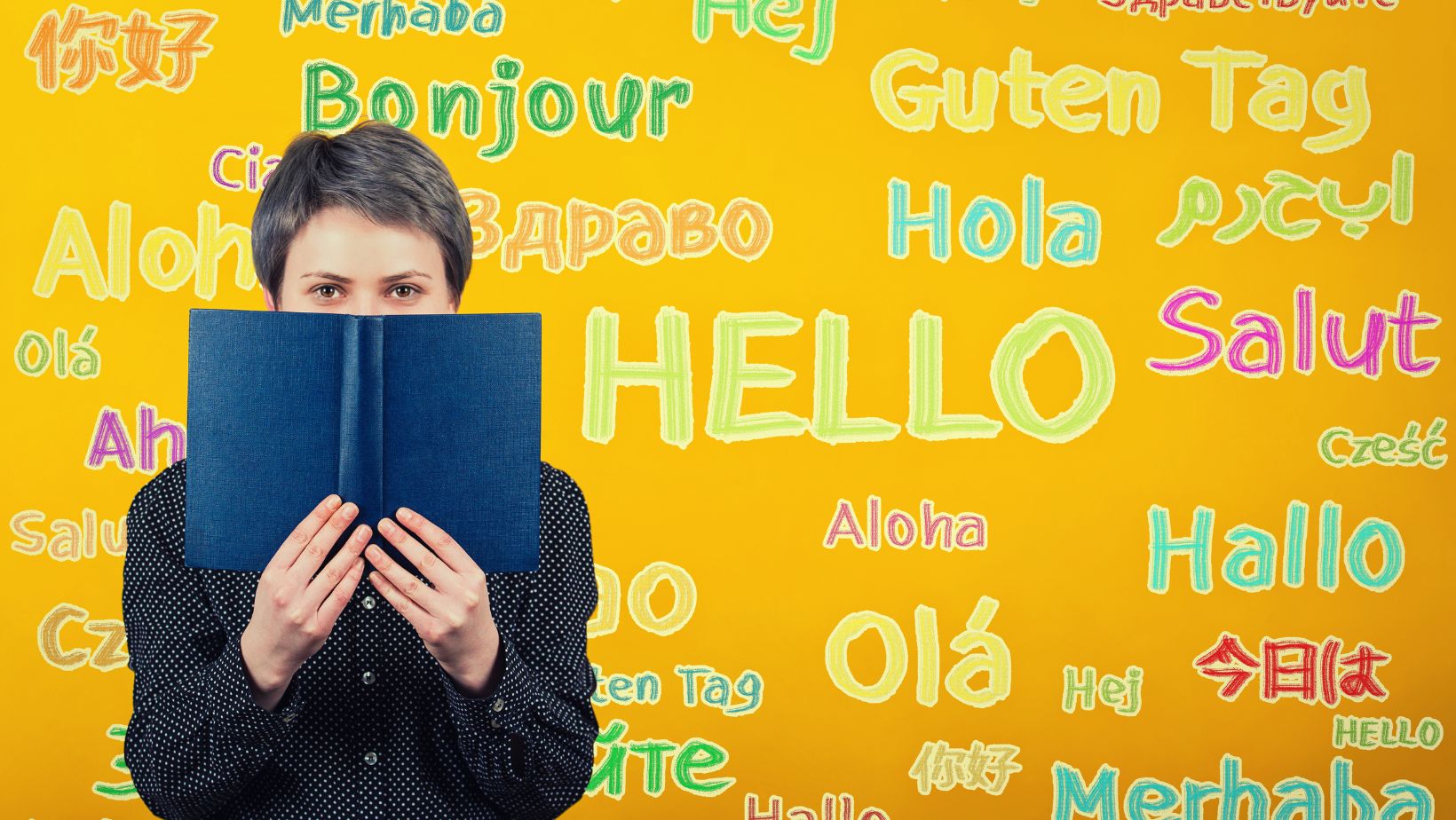
Diving into the intricate world of languages, one can’t help but stumble upon the unique, culturally rich Indonesian dialect, translate bahasa krama alus. This high-level Javanese language brims with respect and politeness, often used in formal situations or when addressing elders. But, how does one navigate its complex structure and nuances?
Understanding translate bahasa krama alus isn’t just about literal translation. It’s about immersing oneself in the cultural context that shapes this language. This article aims to guide you through the labyrinth of translate bahasa krama alus, helping you grasp its essence and subtleties. So, let’s embark on this linguistic journey together, exploring the beauty of language and its translation.
Translate Bahasa Krama Alus

It’s inception traces back to Java’s ancient royal courts where it was employed as the language of the elite and aristocratic circles.
Presently, translate bahasa krama alus isn’t confined to royal discourse but spans a broader audience, finding use in formal occasions, religious ceremonies, and classical literature. This shift in usage demonstrates the language’s adaptability, showing its progression from a niche dialect to a widely respected mode of communication over generations.
The Origin and Usage of Bahasa Krama Alus
Yet, learners must bear in mind that Bahasa Krama Alus it’s not simply about words and phrases. It’s a cultural carrier, a repository of Javanese values, offering insight into the complexities of Javanese society, with each phrase and sentence offering deeper layers of respect, wisdom, and understanding.
Essential Rules of Bahasa Krama Alus
Diving into the essential rules of translate bahasa krama alus, beginners might find the language’s structure a daunting task, given its intricacy. However, with patience and practice, it unravels its coded cultural treasure.
Firstly, Bahasa Krama Alus employs specific prefixes and suffixes, indicating levels of respect. For instance, a simple term like ‘eat’ translates into translate bahasa krama alus as ‘dahar,’ when referring to oneself, but alters to ‘nedha’ when addressing others politely.

Lastly, understanding the language requires careful attention to the Javanese cultural context. The speech levels and phrases used must align with the context of the conversation, the relationship between the speakers, their status, and the setting in which the interaction happens.
Translate bahasa krama alus, thereupon, serves as a testament to the valuable Javanese ideals of politeness and respect, embodying a cultural heritage in its framework that deserves to be preserved and understood.
The Importance of Translating Bahasa Krama Alus
Despite its intricacy, translating Bahasa Krama Alus holds a significant place in cultural preservation and inter-regional communication.
Maintaining Cultural Preservation Through Translation
Translation of translate bahasa krama alus aids in cultivating cultural preservation. Obtaining an accurate translation of this language brings a deep appreciation and understanding of Javanese values, demonstrating its ability to convey layers of respect and wisdom inherent in Javanese cultural heritage. This is demonstrated in classic Javanese literatures such as Negarakertagama and Serat Centhini, which tastefully utilise translate bahasa krama aluss. These works, carrying centuries of tradition and philosophy, underline the language’s importance in transmitting the rich heritage to current and future generations.

Facilitating Inter-Regional Communication
In addition to cultural preservation, translating translate bahasa krama alus also addresses the necessity of inter-regional communication. Translate bahasa krama alus is perceived as a complex language, particularly for non-native speakers and even among native Javanese speakers not regularly using the high-level speech forms.
Translation mitigates this gap, providing a bridge for interaction within and outside of the Javanese community. It facilitates precise communication, accommodating a wider demographic and promoting a mutual understanding of respect and politeness, the key themes resonated throughout the language.
In essence, translating Bahasa Krama Alus, while challenging, presents numerous benefits in fostering cultural preservation and enhancing inter-regional communication. It showcases not just a method of communication, but a testament to the values and philosophies the Javanese hold dear. By continuing to translate and learn the language, we ensure its longevity and relevance in an ever-changing world.
The Challenges in Translating Bahasa Krama Alus

Translating Bahasa Krama Alus presents significant challenges due to vocabulary and grammar disparities. The language contains exclusive words like “mugi,” requiring extensive research and creativity to find suitable equivalents. Additionally, its unique grammar, such as verb placement, adds complexity. Achieving natural English expression while preserving cultural nuances is crucial. With dedication and creativity, translators can overcome these hurdles to preserve the rich Javanese heritage embedded in the language.
Understanding Cultural Context and Nuances
In essence, translate bahasa krama alus contains intrinsic cultural elements that often defy simple translation. Its profound association with Javanese values of respect and politeness, if missed, results in potential misunderstanding. Translators, thus, grapple with capturing the precise connotations embedded within the language.
For instance, the Javanese expression “jalaraning ati leloning jagad” literarily translates to “the heart’s feeling is the world’s”. In cultural context, though, it conveys a message about empathy and understanding that exceeds the literal English translation.

For example, translating “Bapak” as “father” seems straightforward. However, in Javanese culture, “Bapak” often denotes a respect level, irrespective of biological relationship, which is not captured in the English equivalent.
Overcoming Vocabulary and Grammar Differences
Alongside cultural nuances, translate bahasa krama alus also presents obstacles in handling vocabulary and grammar disparities. This language contains a multitude of words and phrases exclusive to it. Consider the word “mugi”, which indicates a polite form of “hope”, but with no direct English counterpart. Deducing equivalent expressions in a target language might entail substantial research, creativity, and finesse from the translator.
Likewise, grammar rules, structure, and sentence formation in translate bahasa krama alus differ significantly from those in English. As an example, this language positions the verb at the end of sentences, contrary to English syntax where verbs typically occupy the middle position. Practical solutions involve not just getting the translation right, but also achieving a text result that sounds natural in English. Adhering to this criterion, the translator straddles between linguistic accuracy and the naturalness of expression, adding another layer of complexity to the task.
Translate Bahasa Krama Alus – Challenges and Solutions for Language Preservatio

They’re tasked with preserving the rich Javanese heritage embedded in the language while ensuring clear communication. The challenges are indeed immense, from capturing the deep cultural meanings to accurately conveying respect levels. Yet, with extensive research and a dash of creativity, these hurdles can be overcome.
Striking the balance between linguistic accuracy and natural expression is key.










